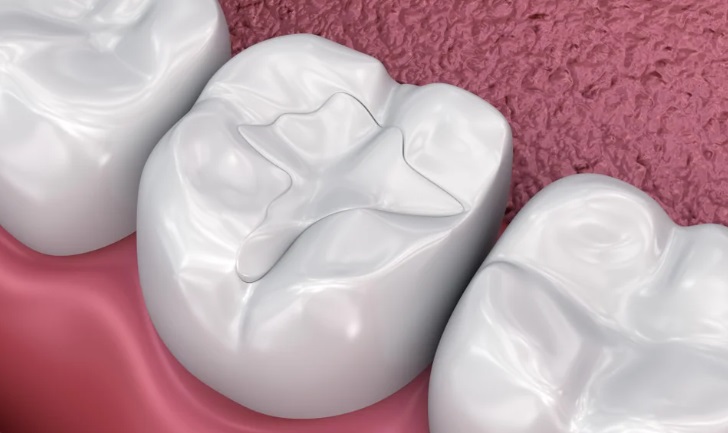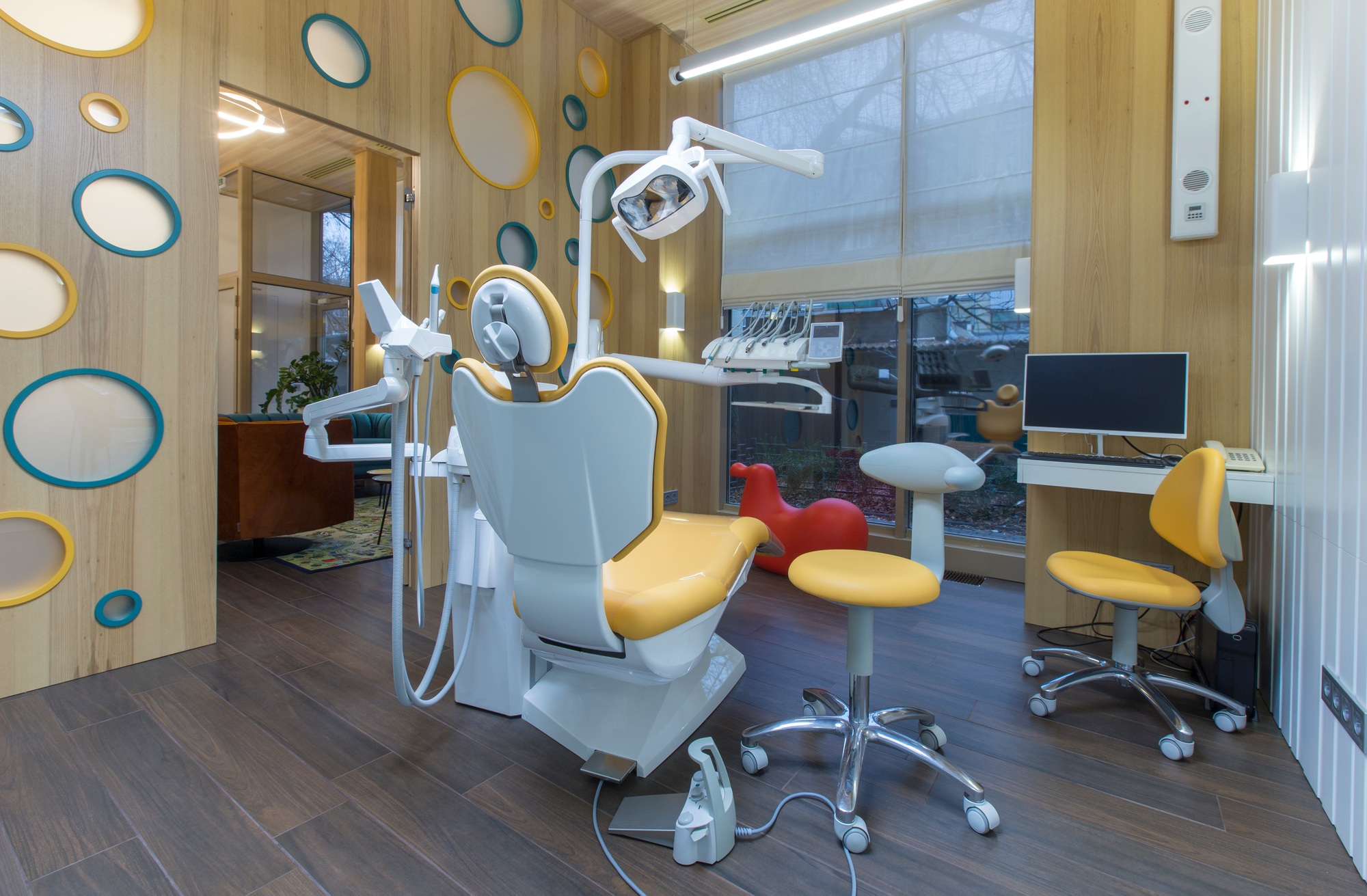dental fillings - San Francisco, CA
A Safer, Stronger, More Beautiful Smile: Replacing Silver Fillings

Welcome to SF Smile Doctor
Why We Don’t Use Mercury Fillings
We are a mercury-free practice. However, many patients still have silver (amalgam) fillings from years past. While once common, these fillings are now known to have significant disadvantages — both in appearance and in long-term tooth health. Porcelain inlays and tooth-colored restorations (onlays) offer a superior alternative. Not only are they more aesthetically pleasing, but they also help strengthen the tooth thanks to modern bonding technologies.

The Disadvantages of Silver Fillings
- Weakened Tooth Structure: Over time, silver fillings can wear down, crack, or break, compromising the integrity of the tooth.
- Expansion and Contraction: Metal expands and contracts with temperature changes, which can lead to tooth fractures.
- Mercury Content: Silver fillings contain 50% mercury, which can corrode, leak, and stain teeth and gums.
- Aesthetics: Silver fillings are highly visible and not cosmetically appealing.
The Advantages of Tooth-Colored Restorations
- Stronger Bonding: Resin onlays are bonded tightly to the tooth, offering superior strength and durability.
- Fluoride Protection: The resin contains fluoride, helping prevent future decay.
- Natural Appearance: These restorations are virtually unnoticeable and closely mimic the look of natural teeth.
- Gum Health: Unlike metal fillings, tooth-colored restorations do not need to be placed at the gum line, promoting healthier gums.
- List ItemDurability: The resin material wears similarly to natural enamel, providing long-lasting performance.

The Replacement Process
The replacement process for silver fillings with tooth-colored restorations is safe, effective, and completed in just two appointments. During the first visit, the old filling and any decay are carefully removed, and impressions are taken to create a precise model of your tooth. A temporary onlay is then placed while your custom restoration is crafted in the lab using high-quality resin designed to match your natural tooth. At the second appointment, the temporary onlay is removed, and the tooth is prepared with a conditioning gel. The permanent onlay is then cemented into place and bonded using a high-intensity light.
Finally, the tooth is polished to ensure a smooth, natural look and feel.


